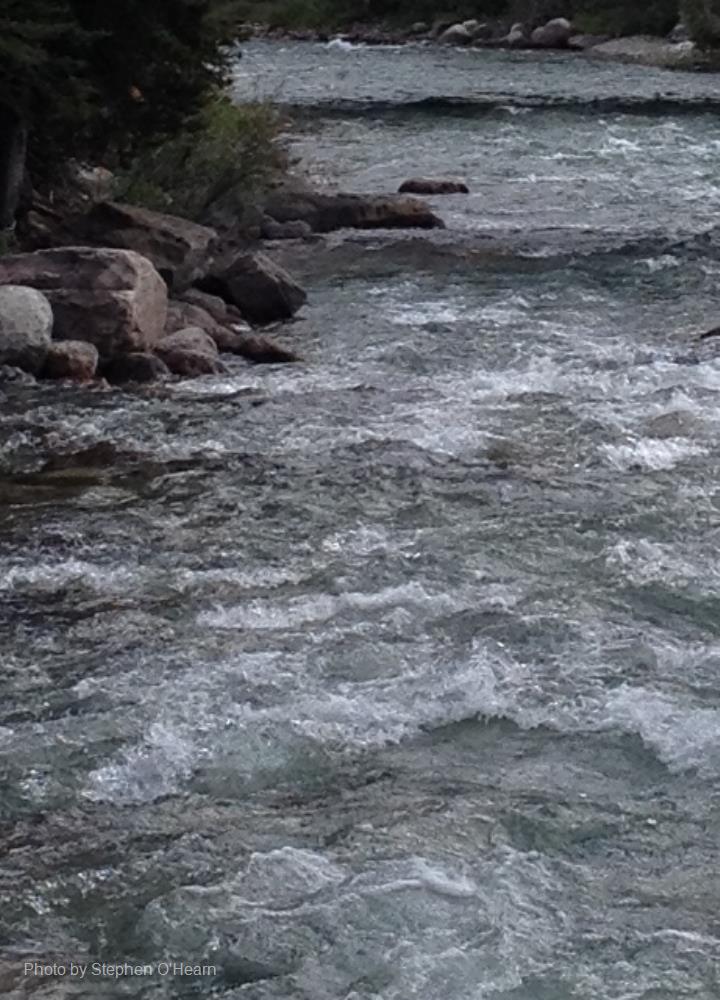
Related items loading ...
Section 1: Publication
Publication Type
Journal Article
Authorship
Chasmer, L., Baker, T., Carey, S. K., Straker, J., Strilesky, S. L., Petrone, R. M.
Title
Monitoring ecosystem reclamation recovery using optical remote sensing: Comparison with field measurements and eddy covariance
Year
2018
Publication Outlet
Science of The Total Environment, Volume 642. Elsevier BV.
DOI
ISBN
ISSN
Citation
Chasmer, L., Baker, T., Carey, S. K., Straker, J., Strilesky, S. L., Petrone, R. M. (2018). Monitoring ecosystem reclamation recovery using optical remote sensing: Comparison with field measurements and eddy covariance. In Science of The Total Environment, Volume 642. Elsevier BV. (436-446).
https://doi.org/10.1016/j.scitotenv.2018.06.039
Abstract
Time series remote sensing vegetation indices derived from SPOT 5 data are compared with vegetation structure and eddy covariance flux data at 15 dry to wet reclamation and reference sites within the Oil Sands region of Alberta, Canada. This comprehensive analysis examines the linkages between indicators of ecosystem function and change trajectories observed both at the plot level and within pixels. Using SPOT imagery, we find that higher spatial resolution datasets (e.g. 10 m) improves the relationship between vegetation indices and structural measurements compared with interpolated (lower resolution) pixels. The simple ratio (SR) vegetation index performs best when compared with stem density-based indicators (R2 = 0.65; p < 0.00), while the normalised difference vegetation index (NDVI) and soil adjusted vegetation index (SAVI) are most comparable to foliage indicators (leaf area index (LAI) and canopy cover (R2 = 0.52-0.78; p > 0.02). Fluxes (net ecosystem production (NEP) and gross ecosystem production (GEP)) are most related to NDVI and SAVI when these are interpolated to larger 20 m × 20 m pixels (R2 = 0.44-0.50; p < 0.00). As expected, decreased sensitivity of NDVI is problematic for sites with LAI > 3 m2 m-2, making this index more appropriate for newly regenerating reclamation areas. For sites with LAI < 3 m2 m-2, trajectories of vegetation change can be mapped over time and are within 2.7% and 3.3% of annual measured LAI changes observed at most sites. This study demonstrates the utility of remote sensing in combination with field and eddy covariance data for monitoring and scaling of reclaimed and reference site productivity within and beyond the Oil Sands Region of western Canada.
Plain Language Summary


 GWFNet
GWFNet Master
Master Data
Data Research
Research Map
Map
 Advanced
Advanced Tools
Tools
 . . .
. . .
 Metadata Editor
Metadata Editor
 Record List
Record List
 Alias List Editor
Alias List Editor
 Legacy sites
Legacy sites